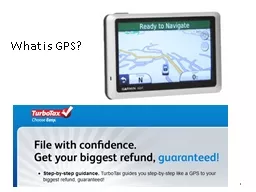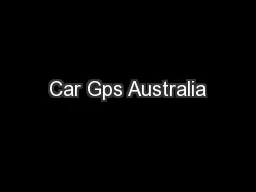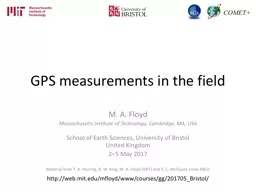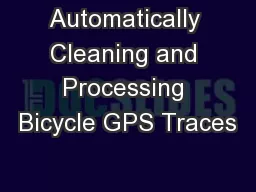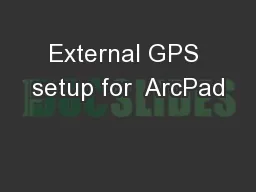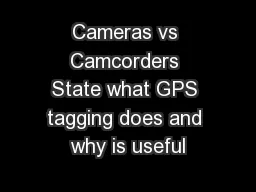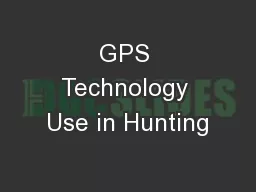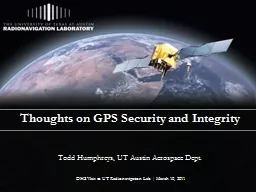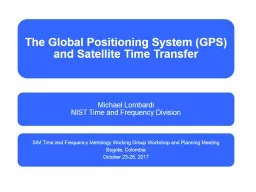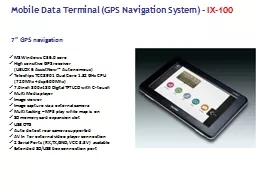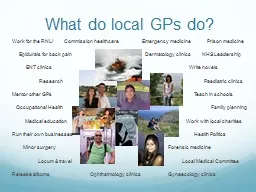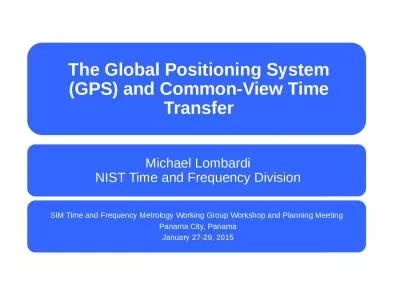PPT-Some New Things You Can Do With GPS
Author : reportcetic | Published Date : 2020-07-01
In The Cryosphere Kristine M Larson httpkristinelarsonnet Outline Overview on GPSIR and PBO H 2 O Cryosphere applications of GPSIR snow depth variations ice sheets
Presentation Embed Code
Download Presentation
Download Presentation The PPT/PDF document "Some New Things You Can Do With GPS" is the property of its rightful owner. Permission is granted to download and print the materials on this website for personal, non-commercial use only, and to display it on your personal computer provided you do not modify the materials and that you retain all copyright notices contained in the materials. By downloading content from our website, you accept the terms of this agreement.
Some New Things You Can Do With GPS: Transcript
Download Rules Of Document
"Some New Things You Can Do With GPS"The content belongs to its owner. You may download and print it for personal use, without modification, and keep all copyright notices. By downloading, you agree to these terms.
Related Documents


